There is such a selection of door closers available on the market, and you may wonder why anyone might choose to install floor springs rather than standard overhead door closers. They do after all require slightly more experience to install in comparison to rack and pinion scissor arm closers.
In this article, we explore some of the key reasons that you might choose a floor spring for your external or internal door.
Aesthetics

- Invisible Closing - They look good because they are not as intrusive as other types of closers such as door holders and overhead door closers. They are embedded within the floor in a cement box and the only part you see is the cover plate that’s usually stainless steel but is available in other finishes depending on the manufacturer.
- Glass Doors – You don’t want to affect the clean simplicity of a glass door by fitting a bulky door closer. You won’t be able to use a closer that can be embedded in the top of the door like the GEZE Boxer or within the door leaf itself like the Perko-Powermatic, so a good solution here would be to use a floor spring.
- Dual Functionality - Floor springs and their accessory packs hang the door as well as close the door. There is no need to install hi-load or ball bearing butt hinges when using a floor spring closer.
If you don’t mind seeing a door closing device on your glass door, most manufacturers often have specific fixings and mounting plates for glass door installation. Transom Closers in the door frame itself may also be an option.
Convenience

- Despite the work involved with the initial installation, floor springs have a very shallow installation height and can be used with many kinds of floor structures or flooring types.
- There are models that suit both internal and external doors, including fire doors. (Make sure you install fire door closers at size EN 3 or above.)
- Models such as the Dorma BTS75 floor spring can be installed on single leaf or double leaf single or double swing doors. Simply select the relevant accessory pack to install with the mechanism.
- Standard (non-electromagnetic) floor springs can also be used on internal fire doors in conjunction with an electromagnetic hold open device that releases when the fire alarm is activated.
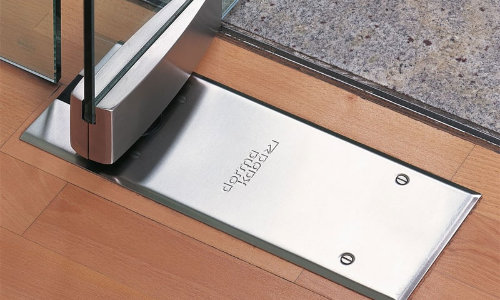
Adaptability

- Models are available to suit both interior and exterior use.
- There are various models that are suitable for single or double action doors. Some single action floor springs are handed so always best to check the handing method or ask your supplier if you are unsure. We stock a range of accessory packs that include all of the straps, top pivot, fixing screws, and a model specific cover plate for all of our floor springs to ensure that you don’t miss anything when ordering.
- A floor spring door closer is particularly effective for use with oversized doors. Floor to ceiling height doors are often too large and heavy for conventional door closers, so a floor spring with straps and a top pivot is a great option.
- Most good quality models have adjustable closing force, adjustable closing speed, and adjustable latching action, such as the GEZE TS550NV, so you can make incremental tweaks to suit your door. Not all closers have this handy functionality, so it is always best to check. Some units also include backcheck function, variable power size, and hold open at 90° or 105°.
- Some floor springs are electromagnetic and have a hold-open function which is ideal for use on fire/smoke protection doors that are located in areas of high traffic such as corridors. Simply link it to the fire alarm using a relay or an interface and it will allow the door to close upon activation of the fire alarm or power failure to ensure compartmentation.
- These concealed door closers are perfect for facilities with limited space. With no projecting arm, channel, or body, they fit neatly within a recess in the floor, hidden from sight.
- As they’re hidden from sight, floor springs are a lot less prone to tampering than an overhead closer. So, consider these in facilities where users have less incentive to treat door hardware with care, such as schools and hospitals.
Never use a mechanical hold-open door closer on a fire door and always check to see whether sufficient intumescent is supplied with your floor spring or other door closer to ensure compliance with building regulations. Some floor springs have a 30 minute fire rating but if you need to be able to achieve a 60 minute rating, it might be that you need to purchase additional intumescent.
- There is space for longitudinal, lateral, and vertical adjustment between the housing and the cement case, which enables simple installation.
- One of the main functions of a floor spring is to assist in the opening and closing of particularly heavy doors, even in areas of high wind, where this combination could lead to injury to people or the doors themselves.
Budget

- Floor springs are available in models to suit most project budgets – starting from about £100 (mechanism only); they are quite an economic door closing solution.
- If your premises require that you have door closers, and you would prefer concealed ones, then floor springs have the edge over conventional versions because they are well suited to pretty much any situation; they are great for full-height or heavier doors, work equally well with single or double-leaf and, best of all, they automatically combine functionality with aesthetic appeal.
You can view our full range of mechanical and electromagnetic floor springs and accessories. Please do not hesitate to contact our Sales Team on 01305 263300 or send them an email at sales@doorcontrolsdirect.co.uk.








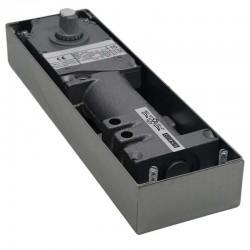
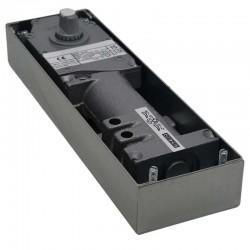
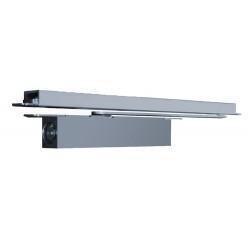
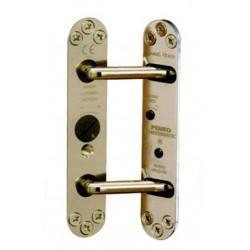




Comments